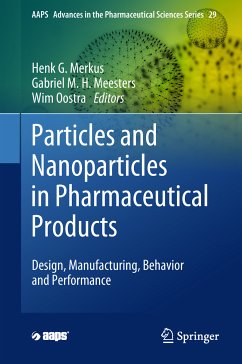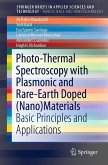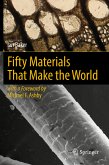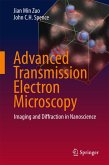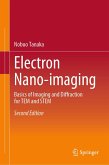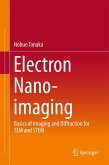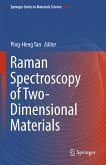This edited volume brings together the expertise of numerous specialists on the topic of particles - their physical, chemical, pharmacological and toxicological characteristics - when they are a component of pharmaceutical products and formulations. The book discusses in detail properties such as the composition, size, shape, surface properties and porosity of particles with respect to how they impact the formulations and products in which they are used and the effective delivery of pharmaceutical active ingredients. It considers all dosage forms of pharmaceuticals involving particles, from powders to tablets, creams to ointments, and solutions to dry-powder inhalers, also including the latest nanomedicine products. Further, it discusses examples of particle toxicity, as well as the important subject of pharmaceutical industry regulations, guidelines and legislation. The book is of interest to researchers and practitioners who work on testing and developing pharmaceutical dosageand delivery systems.
Dieser Download kann aus rechtlichen Gründen nur mit Rechnungsadresse in A, B, BG, CY, CZ, D, DK, EW, E, FIN, F, GR, HR, H, IRL, I, LT, L, LR, M, NL, PL, P, R, S, SLO, SK ausgeliefert werden.

